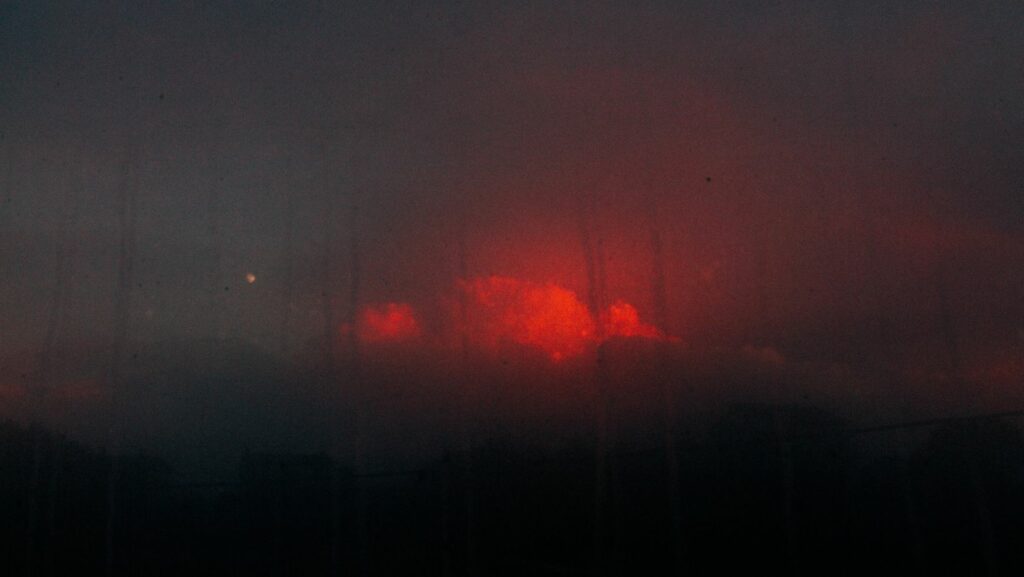Cinematic Art of Starcraft
The universe of StarCraft isn’t just a battleground for epic strategy but also a canvas for stunning cinematic artistry. Since its debut, StarCraft has captivated audiences with its intricate storytelling and breathtaking visuals, setting a high bar for video game cinematics. Each cinematic sequence weaves together a rich tapestry of narrative and emotion, drawing players deeper into its interstellar conflict.

Blizzard Entertainment, the creative force behind StarCraft, has mastered the art of blending high-stakes drama with cutting-edge animation. Their commitment to cinematic excellence is evident in every frame, where each detail contributes to a larger narrative experience. The cinematic art of StarCraft not only enhances gameplay but also elevates the medium, showcasing the potential of video games as a form of storytelling.
As players navigate the complex world of Terrans, Zerg, and Protoss, they’re treated to a visual feast that rivals even the most ambitious Hollywood productions. StarCraft’s cinematics continue to inspire and influence the gaming industry, leaving a lasting legacy.
Overview of the Cinematic Art of Starcraft
StarCraft’s cinematics stand out for their impeccable craftsmanship. Each scene blends advanced CG techniques and detailed rendering. The use of cutting-edge technology creates hyper-realistic environments and characters. This technical expertise elevates the narrative, drawing players into the game’s universe.
Blizzard Entertainment employs a careful balance of visual and auditory elements. Cinematic scores amplify emotional impact, using music and sound to punctuate key moments. Voiced dialogues add layers of depth to character development, enhancing the storyline’s complexity.
Key moments in the cinematics often revolve around pivotal plot points. These scenes deepen the storyline by exploring character motivations and alliances. Viewers experience suspense and excitement, essential for immersive storytelling.
StarCraft’s cinematic art influences the gaming industry, setting a benchmark for visual storytelling. It demonstrates video games’ potential to rival traditional media. As a result, other developers strive to match its high standards in both narrative and visual design.
Evolution of Starcraft Cinematics
The StarCraft series has undergone significant cinematic evolution over the years. Each installment has pushed the boundaries of animation and storytelling further than its predecessor.
Starcraft: The Beginning
StarCraft, released in 1998, set a new standard with its cinematic sequences. It combined 3D graphics with narrative depth, offering players an unprecedented level of immersion. Blizzard used limited technology creatively, crafting cutscenes that were both memorable and impactful. The original game’s cinematics laid the groundwork, introducing rich lore and character-driven stories that enthralled its audience.
Starcraft II: Wings of Liberty

StarCraft II: Wings of Liberty, launched in 2010, elevated the series’ cinematic quality. The game introduced cutting-edge CG animation, delivering enhanced character expressions and realistic environments. Blizzard focused on dynamic camera angles, detailed facial animations and advanced lighting techniques, creating emotionally engaging scenes. The integration of cinematic storytelling with gameplay demonstrated significant progress in visual and narrative sophistication.
Legacy and Beyond
The legacy of StarCraft cinematics continues to influence the gaming industry. Beyond Wings of Liberty, subsequent expansions like Heart of the Swarm and Legacy of the Void refined and expanded upon established themes. Each expansion advanced the narrative, presenting new plot twists and character arcs. These evolving cinematics have not only maintained audience interest but also bolstered StarCraft’s reputation as a benchmark for storytelling excellence in games.
Artistic Styles and Techniques
StarCraft’s cinematic artistry showcases diverse styles and techniques that elevate its storytelling to cinematic excellence. The blend of animation, visual effects, music, and sound design contributes to the rich narrative experience.
StarCraft employs cutting-edge animation techniques to deliver visually stunning cinematics. Realistic character animations enrich the plot, making characters more relatable and the story more engaging. Advanced CG rendering creates hyper-realistic environments that pull players into the game’s universe. Visual effects like dynamic lighting and detailed textures enhance the cinematic atmosphere, amplifying the emotional weight of each scene. StarCraft’s use of technology sets a benchmark for artistic excellence in gaming.

The music in StarCraft plays a critical role in heightening the cinematic experience. Orchestral scores, composed to match specific narrative beats, intensify emotions and align with character arcs. Sound design intricately weaves auditory elements with visual cues, enriching the immersive universe. Voiced dialogues combine with ambient sounds to deepen storytelling depth, allowing players to connect with characters and their motivations. Through meticulous soundscapes, StarCraft sets a high standard for integrating audio elements into video game cinematics.

